Image of The Day
Browse NASA Image Archive
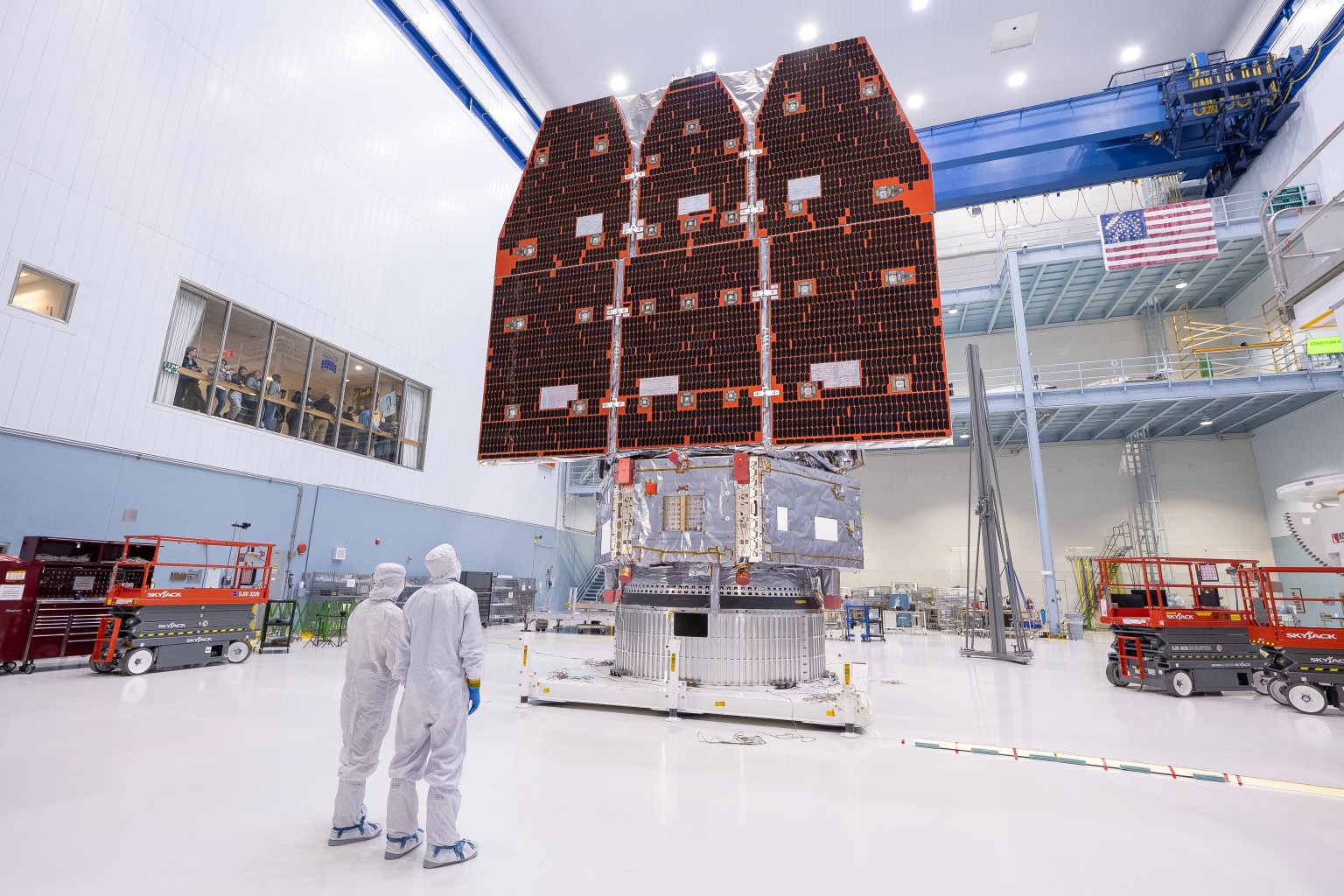

After only one year in space, the Atmosphere-Space Interactions Monitor (ASIM) on the International Space Station has given researchers a new understanding of how lightning is created, and how thunderstorms can affect the atmosphere and the climate. Picture: ESA/NASA
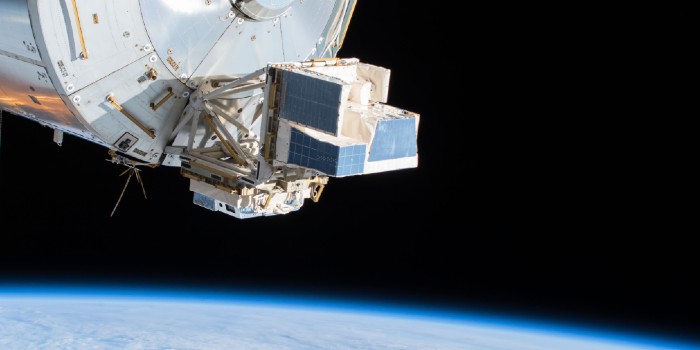
Measurements from the large ASIM space project shows a firework of blue lightning and X-ray radiation above thunderclouds. After one year in space, the ASIM (Atmosphere-Space Interactions Monitor) observatory on the International Space Station (ISS) has given researchers from Denmark’s Technical University (DTU) a new and better understanding of how lightning is created, and how thunderstorms can affect the stratosphere and the climate. Picture: ESA
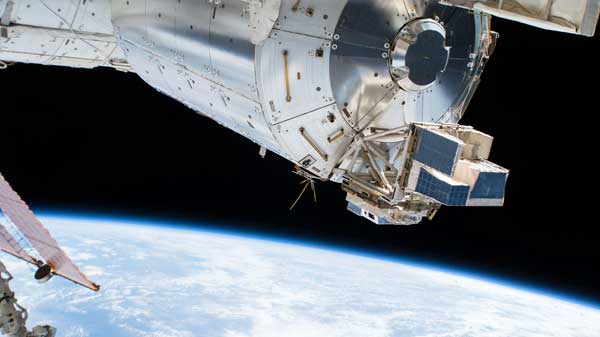
The International Space Station orbits Earth, 400 km above our heads, running scientific experiments that cannot be done anywhere else. Read on for our bi-weekly update on European science in space. Picture: ESA
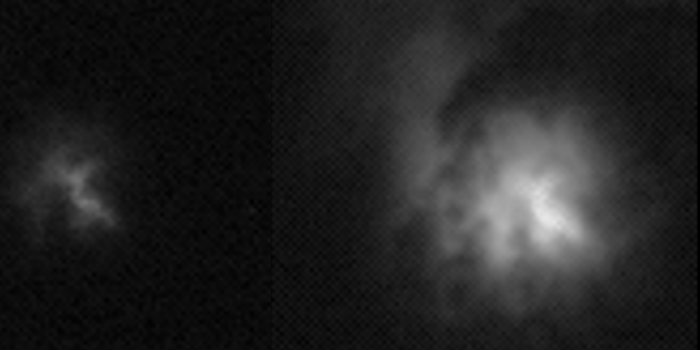
DTU scientists have analysed the first amazing images of a violent thunderstorm over the Earth captured by the ASIM observatory at the International Space Station. Picture: ESA/DTU Space
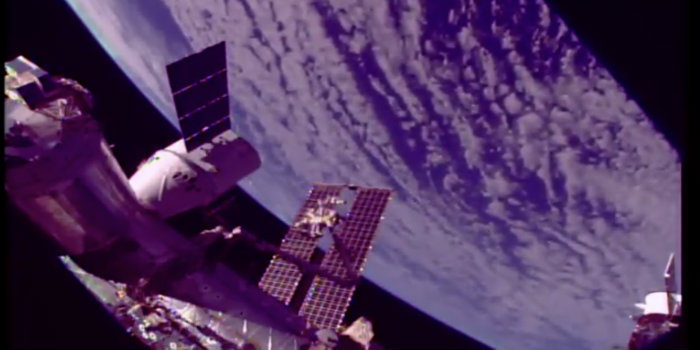
DTU is looking forward to receiving data from the ASIM space observatory, which was installed on the International Space Station (ISS) last weekend. Picture: ESA/P.Thomsen
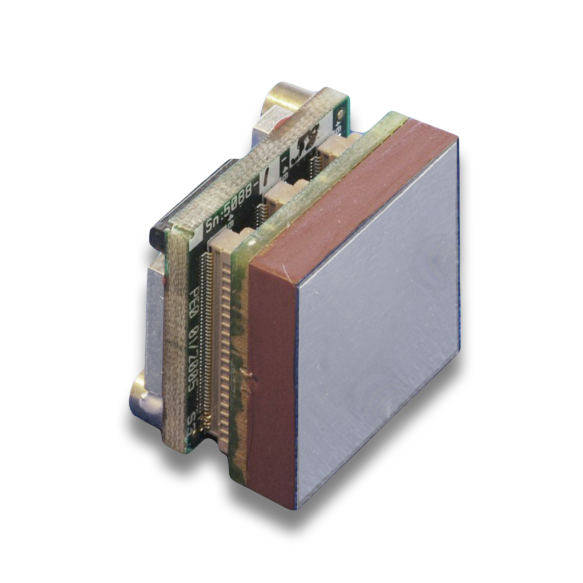
IDEAS congratulates the University of Bergen, the Birkeland Centre for Space Science, Terma AS and the Technical University of Denmark with the successful launch and installation of the ASIM instrument featuring the MXGS gamma ray detector on the International Space Station.

On Friday, April 13, 2018, the Danish ASIM experiment will be installed on the outside of the European Columbus module of the ISS International Space Station. The instrument must give us insight into the luminous phenomena that take place over violent thunderstorms. The Belgian B.USOC is responsible for the infrastructure and operations of ASIM. Picture: DTU Space
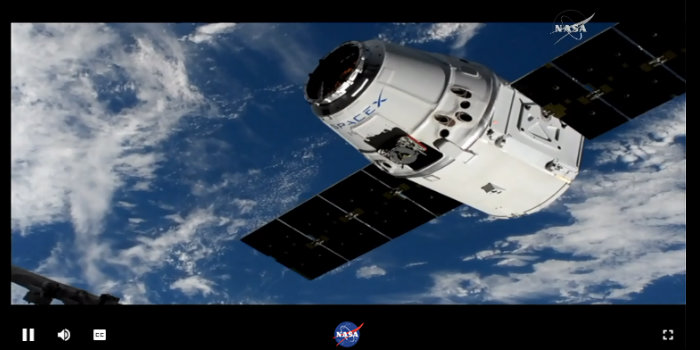
The Dragon spacecraft with the Danish ASIM project on board has reached the International Space Station. Andreas Mogensen helps guide the spacecraft from the NASA control centre in Houston. Picture: NASA TV

Thunderstorms are some of the most spectacular events in nature, yet what we can see from the surface of our planet is only the beginning.